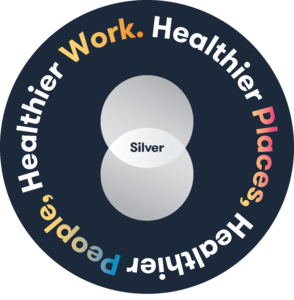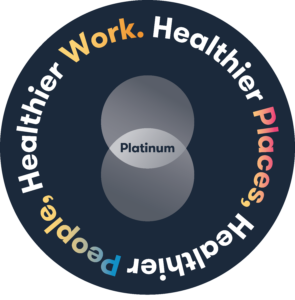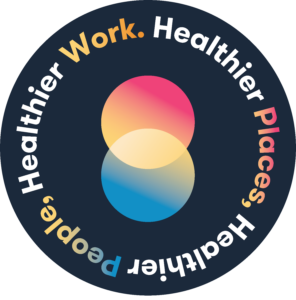What is the Healthier Work Program?
- About
- Levels
- Benefits
About
The ACT Government is committed to a healthy Canberra. Across the community, we’re finding ways to improve people’s quality of life and wellbeing.
Healthier Work is a free ACT Government program designed to support employers to create healthy and safe work environments for all Canberrans.
We can help your business to protect, support and promote healthier work.
Join the Healthier Work Program and enter a community of businesses at the leading edge of employee wellbeing. Learn from others and be recognised by the ACT Government for your commitment.
Support and guidance
Our free Healthier Work Program is designed to support employers to create healthy and safe work environments for Canberrans. Along with helpful resources, the program offers:
- information and support for managers and leaders
- a tiered recognition scheme with promotional benefits
- regular up-to-date news and ideas about workplace health and wellbeing initiatives
- networking opportunities
- events and seminars.
Experienced Healthier Work advisors will meet with you in person or online to provide customised advice and guidance.
Meet the Healthier Work team to discuss how to make your workplace healthier. Book a meeting
Levels
As part of our recognition scheme, your business can be publicly recognised for taking an integrated approach to health, safety and wellbeing.
Recognised
To be at recognised level:
- you want to improve the mental and physical health of your workplace
- you are actively seeking information and advice
- you want to implement workplace health and wellbeing plans.
Meet our Recognised businesses

Silver
To be at silver level:
- you are proactively implementing work health and wellbeing strategies
- you have evidence of your integrated activities for mental and physical health
- you are interested in being acknowledged for your efforts.
Meet our Silver businesses

Gold
To be at gold level:
- you are implementing embedded work health and wellbeing plans and strategies
- you have evidence, including measured outcomes, of your integrated activities for mental and physical health
- you are seeing the benefits of being acknowledged for your efforts.
Meet our Gold businesses

Platinum
To be at platinum level:
- you are implementing embedded work health and wellbeing plans and strategies
- you have evidence of comprehensive and integrated activities for mental and physical health
- you can show measured positive outcomes over time
- you see the benefits of participating in the scheme as integral to how you do business.
Meet our Platinum businesses
Benefits
Business recognition
For your efforts, your organisation and your employees will reap the benefits of a healthier workplace. Plus, the higher you progress in recognition, the greater the opportunities for networking, promotion and sharing your story.
- Healthier Work advisor
- Certificates and trophies
- Resources
- Events and networking
- Digital signature badge
- Web profile
- Staff recognition pack
- Social media promotion
- Training
- Speaking opportunities
- Case study
- Mentorship
Find out more by downloading the Healthier Work program booklet.
Healthier Work Pledge
When organisations join the program, they sign the Healthier Work pledge and join a growing community of Canberra businesses committed to providing safe and healthy workplaces.
Making a workplace commitment is the first important step to achieving a healthier workplace. The Healthier Work pledge demonstrates your business commitment, communicates your key promises and unites your team.
As part of the program, you will receive a customised, signed and framed pledge to display in your workplace. This pledge shows your employees and customers your commitment to health, safety and wellbeing.
What makes a healthier workplace?
Using strategies for good work design, support, engagement and capability, you can make healthier work part of your culture.
Go to page
